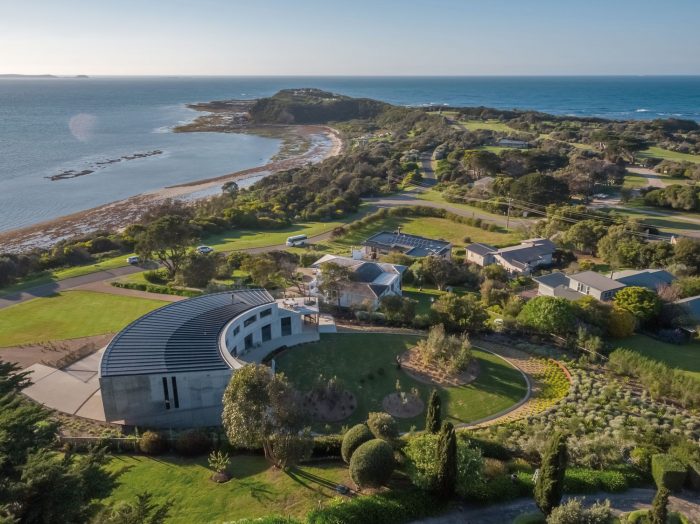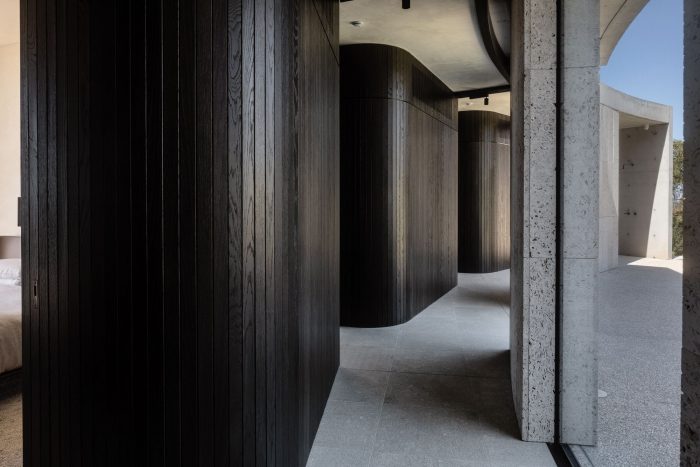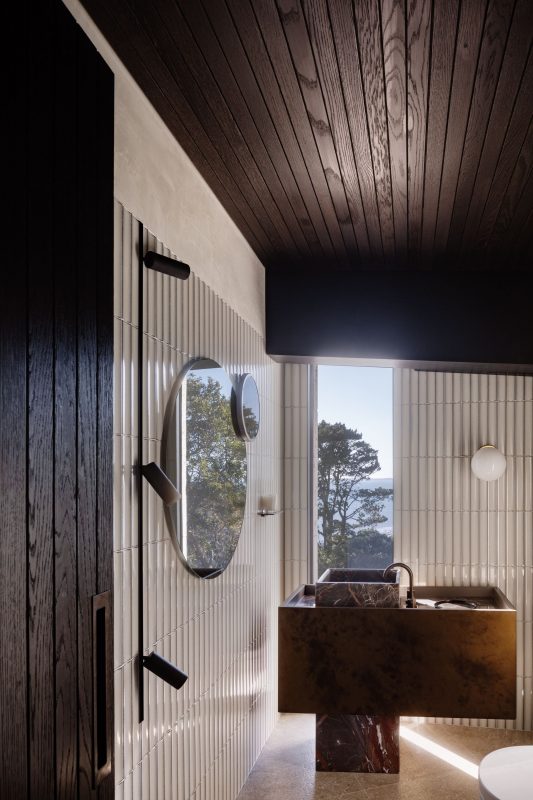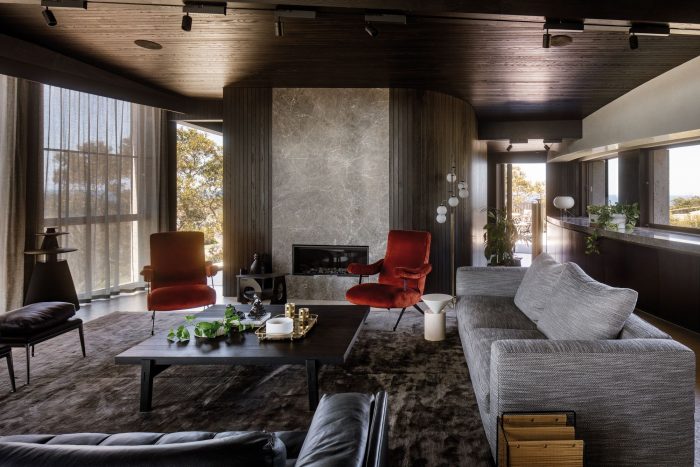Tidal Arc House
Eschewing the colonial planning grid and repetition of the local timber clad cottage in favor of sensitivity to the topographical context, Woods Bagot has departed from the prevailing Australian beach house vernacular with a self-assured, three-story dwelling named for its distinctive curved form mimicking the massive water movement of the Southern Ocean. The house deals with two scales; one in balance to the overall majestic coastal landscape and the other at a more intimate and tactile interior level of material and spatial contrast.
The placement of the house was the focus of the design. Every decision stemmed from the specifics of the site, the complexity of its adjoining neighbors, restrictions of existing covenants and the influence of the changing patterns of the lunar tidal motions. The applied height controls of the house follow the contours of the cliff, with Flinders Pier and associated marine activities at the cliff base. There are no parallel curves on the project and no right angles. The geometry is as dynamic as the weather and tidal movement are unpredictable. The house tears itself apart across the horizontal plane. This fracture creates two curved volumes precariously stacked on top of each other, like sheared basaltic plates.
This gymnastic torquing allows full exposure of coastal views from the upper level and settles the lower guest bedroom plate into the landscape from which emerges a large elliptically-planted orbit of the landscape. Supported by Corten curved walls it settles with the local grasses and newly planted banksia copses into a wind- and sun-protected rear sunken courtyard. This indirectly preserves the views for the adjoining properties. Built on the cliff edge the three-story residence, with one level entirely subterranean, is built on concrete piles. They, in turn, support a shifting band of displaced and cantilevered curved concrete floor plates.
The interior is organized across a series of radiating beams into which much of the discrete lighting is located or concealed. These radiating beams have three origins and create a series of segmented ceiling patterns from which the entire planning organization emerges. The interior zoning responds to the house’s siting with concern for outward vistas and the movement of the sun, moon, and tide. Each internal room compresses and opens out to the sky, enveloping inhabitants in the exhilarating impact of the location.
Woods Bagot partnered with Hecker Guthrie and stylist Simone Haag to complete the interior experience, much of which logically links to the limestone encrusted columns and honed limestone floor surface with the dark oak stained timber interior. Each material discretely appeals to touch, smell and memory. At first, appearing large and foreign, the house settles readily into the landscape. Clad simply in an intensely fossilized limestone material, it is adorned with the unique natural clam shell patterns embossed deep into the surface – a nod to the area’s Jurassic coral geology. The house speaks confidently to the landscape, enveloping its inhabitants and connecting them to nature.
Project Info:
Architects: Woods Bagot
Location: Flinders, Australia
Design Team: Nik Karalis, Lawrence Ng, Sarah Alessi, Melissa Blandford
Project Year: 2018
Photographs: Trevor Mein
Manufacturers: Graphisoft, B&B Italia, Boffi, Brodware, Cassina Usa, Flos, FOSCARINI, Halcyon Lake, Lambert & fils, Lasvit, Ligne Roset, Living Edge, Minotti, Poliform, Reggiani, Rimadesio, Roda, VMZINC, e15, Apparatus, Jetmaster + 7
Project Name: Tidal Arc House
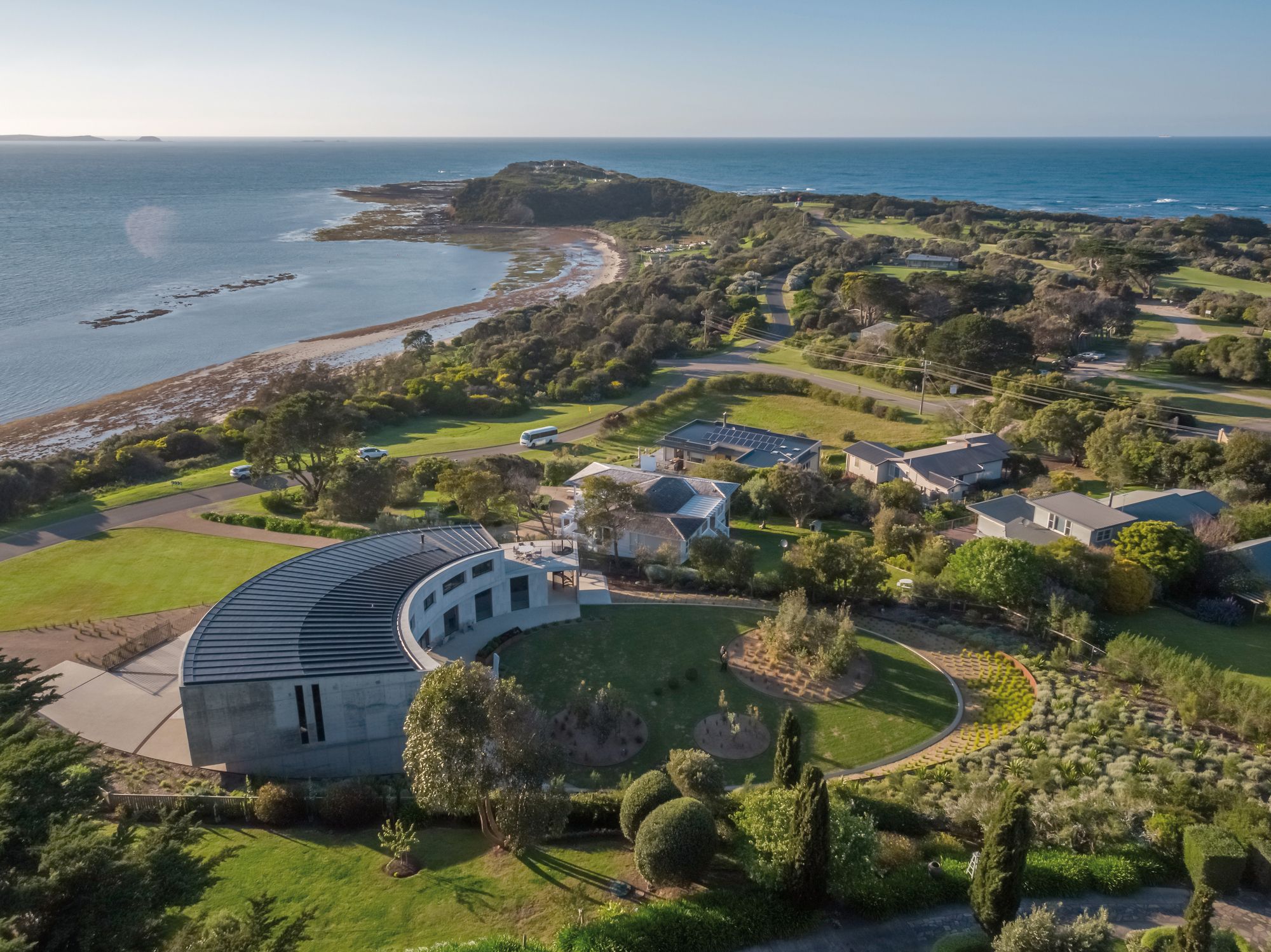
Photography by © Trevor Mein
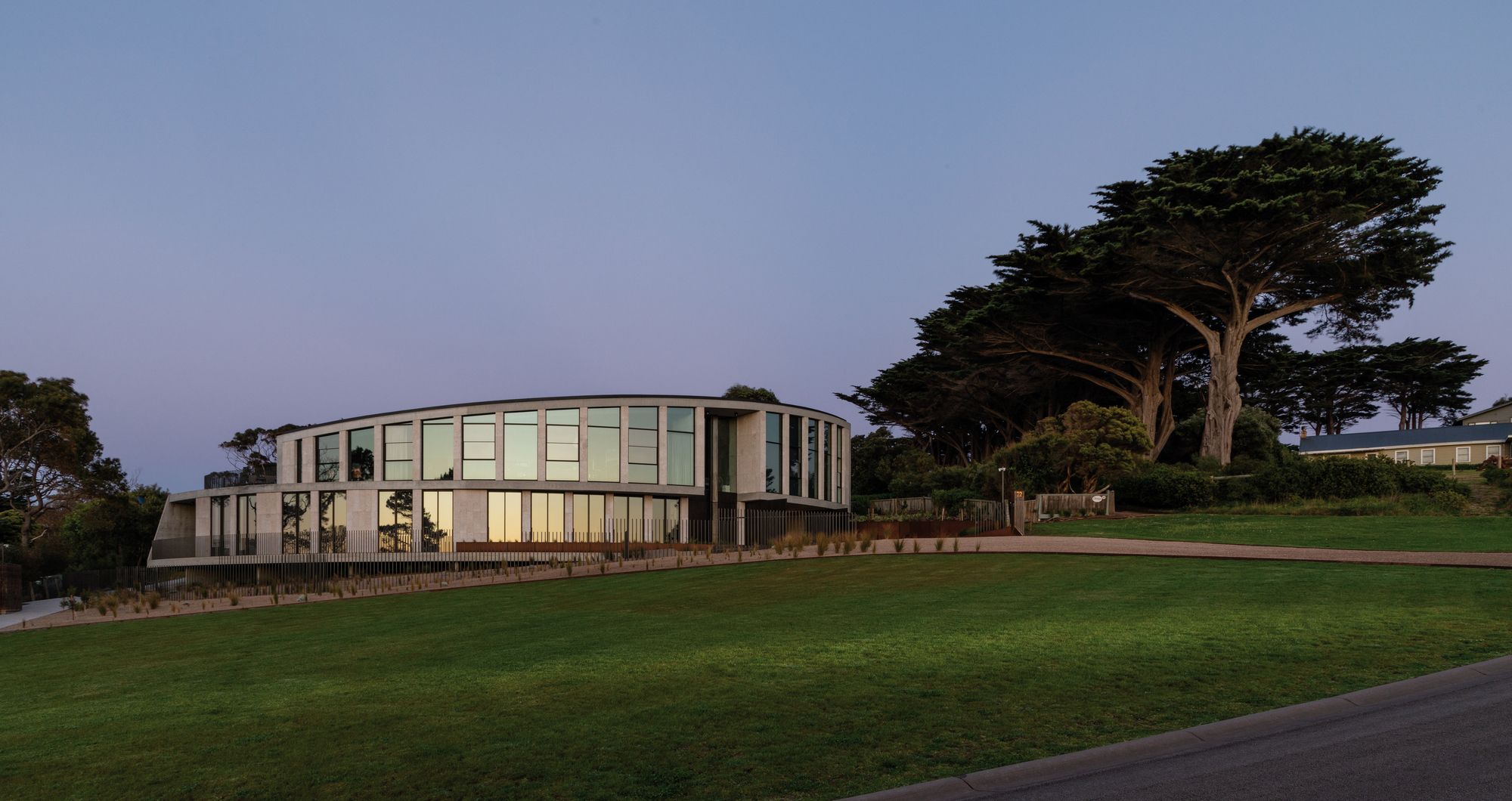
Photography by © Trevor Mein
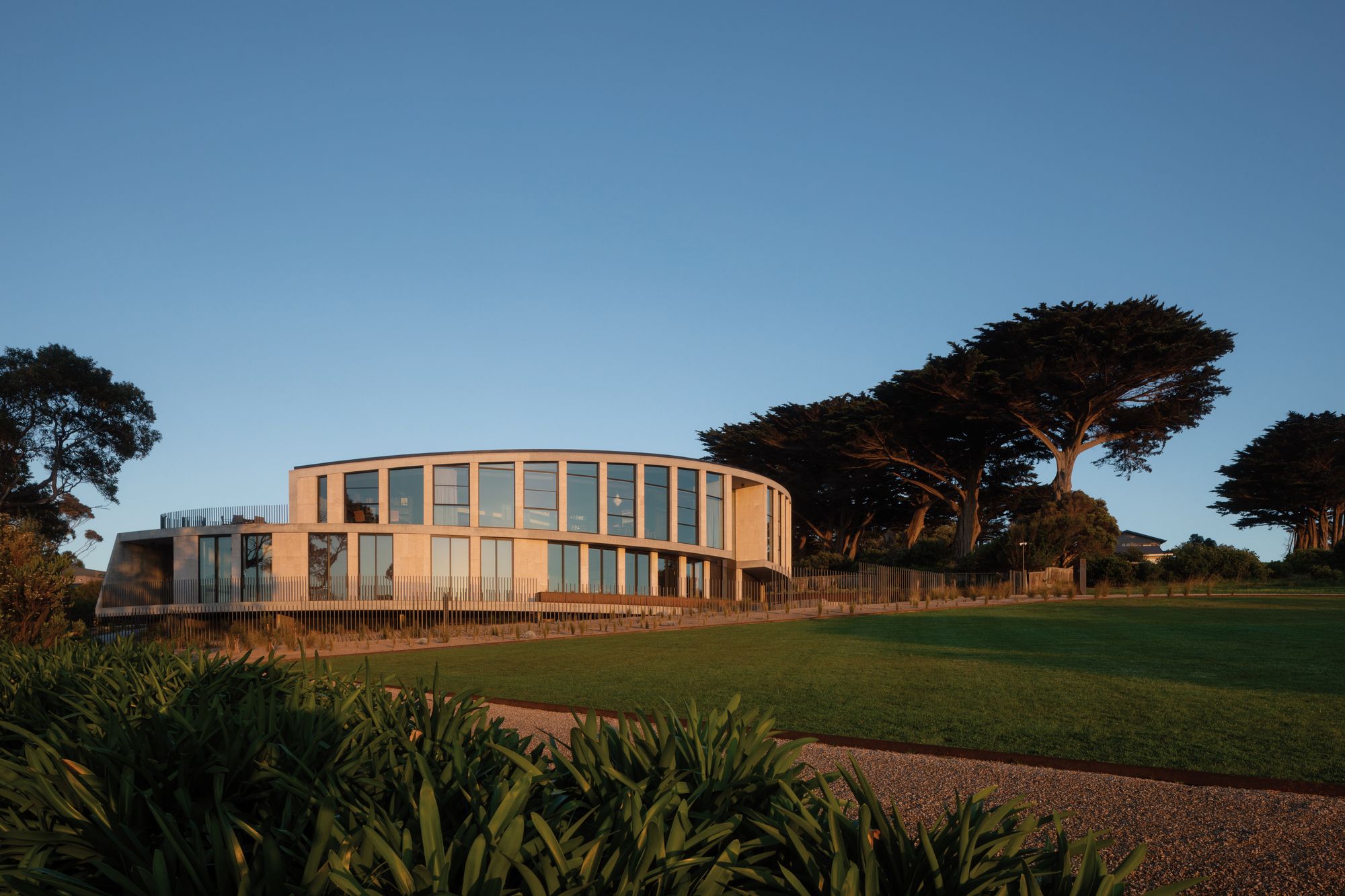
Photography by © Trevor Mein
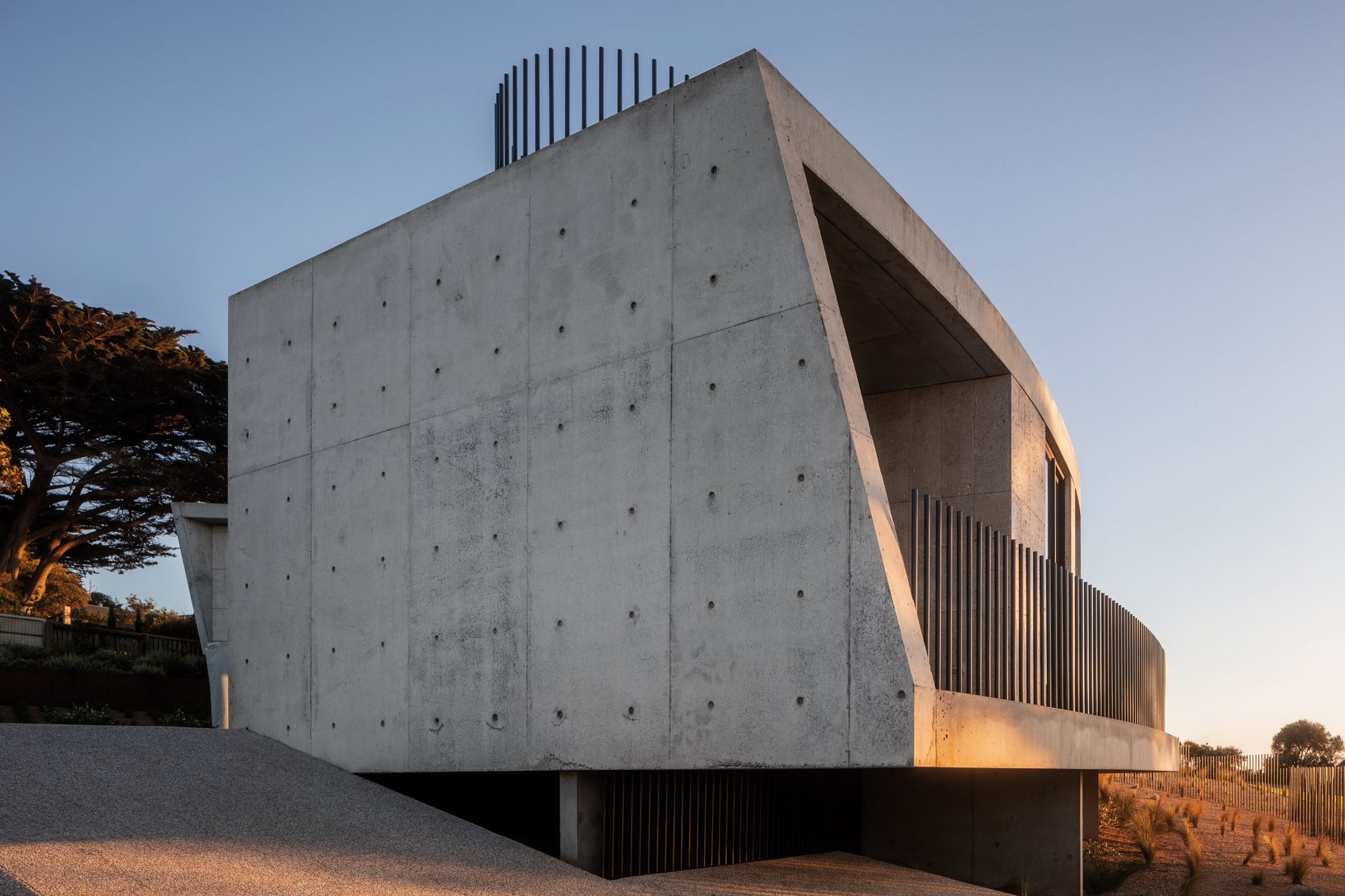
Photography by © Trevor Mein
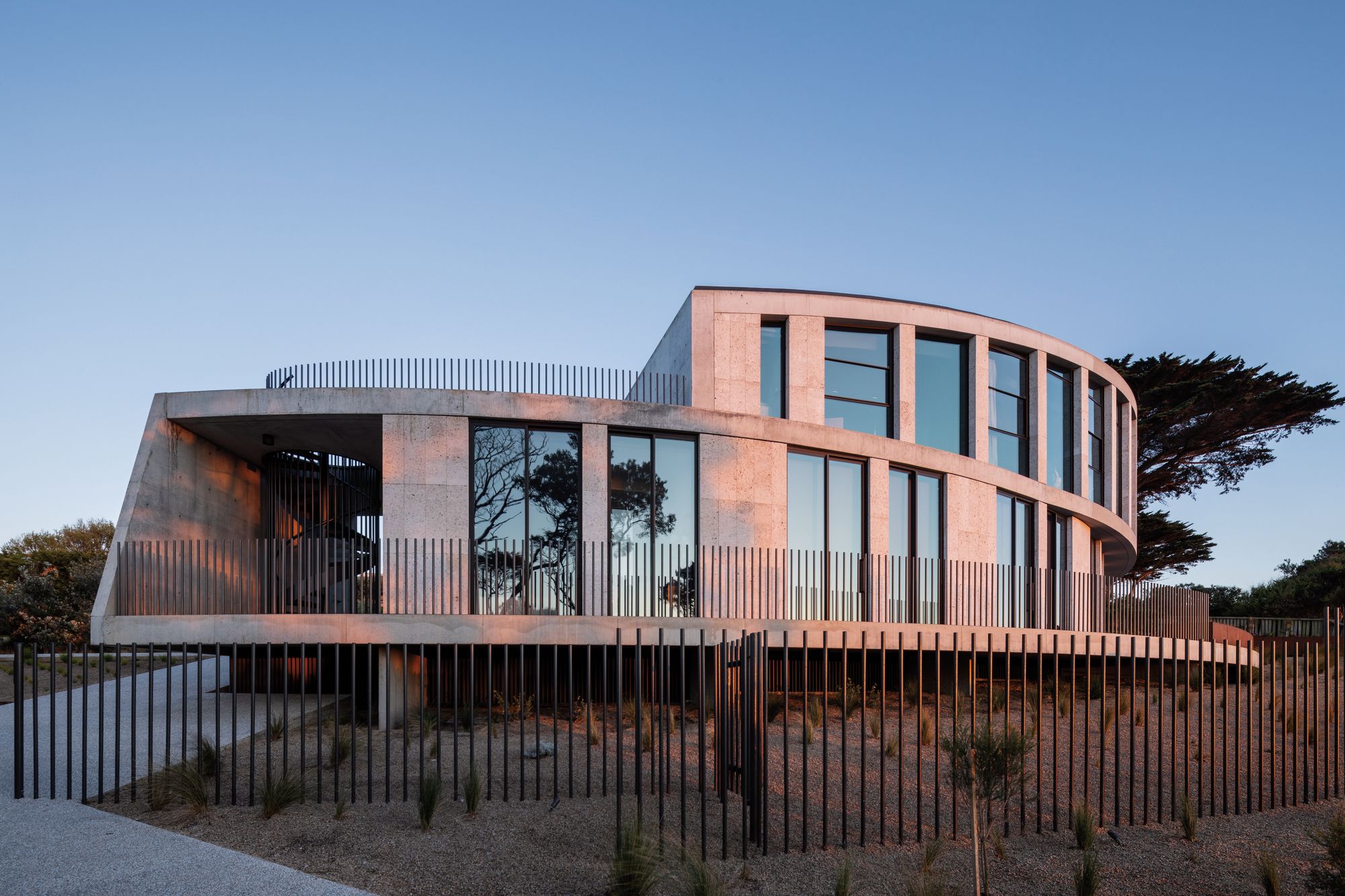
Photography by © Trevor Mein
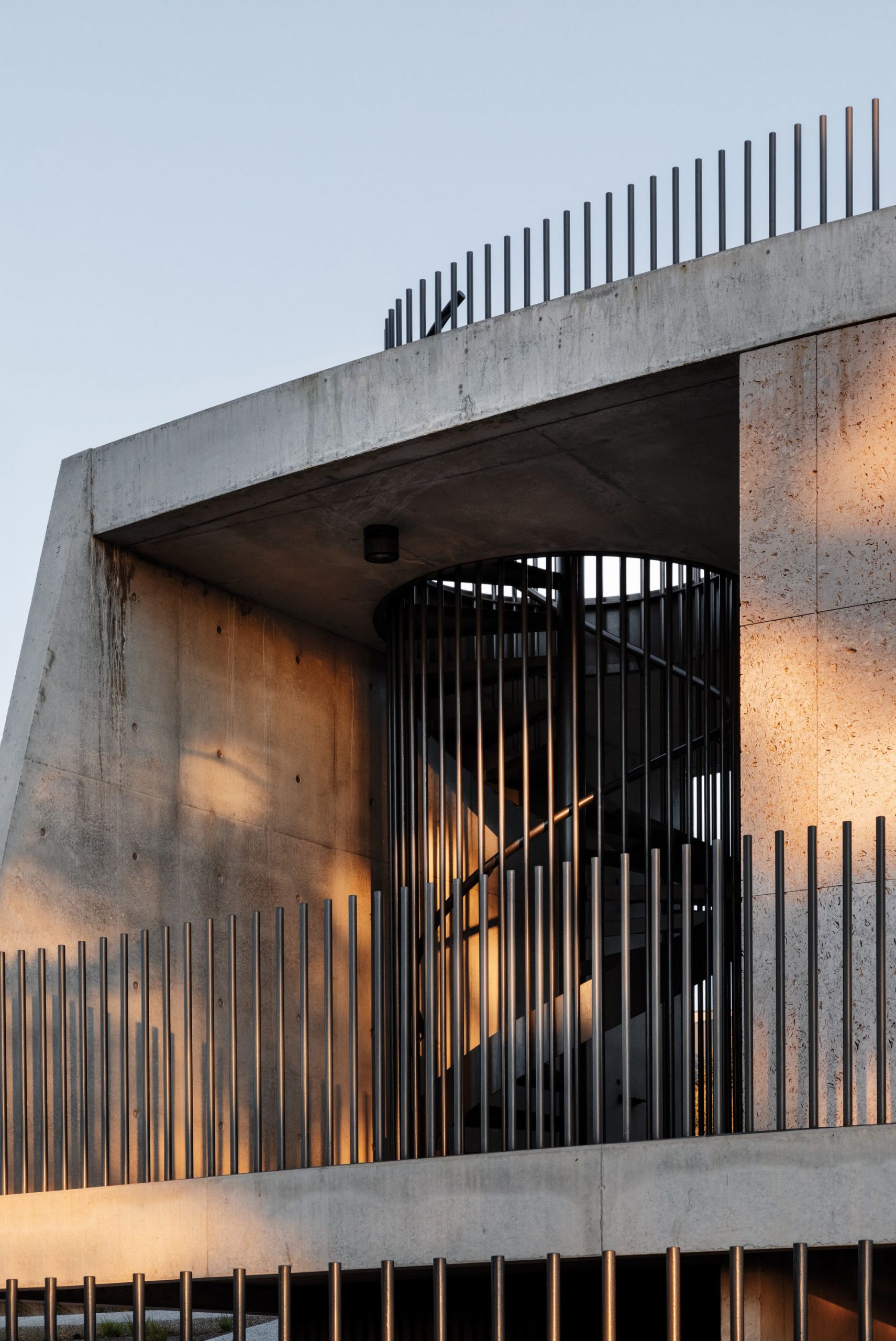
Photography by © Trevor Mein
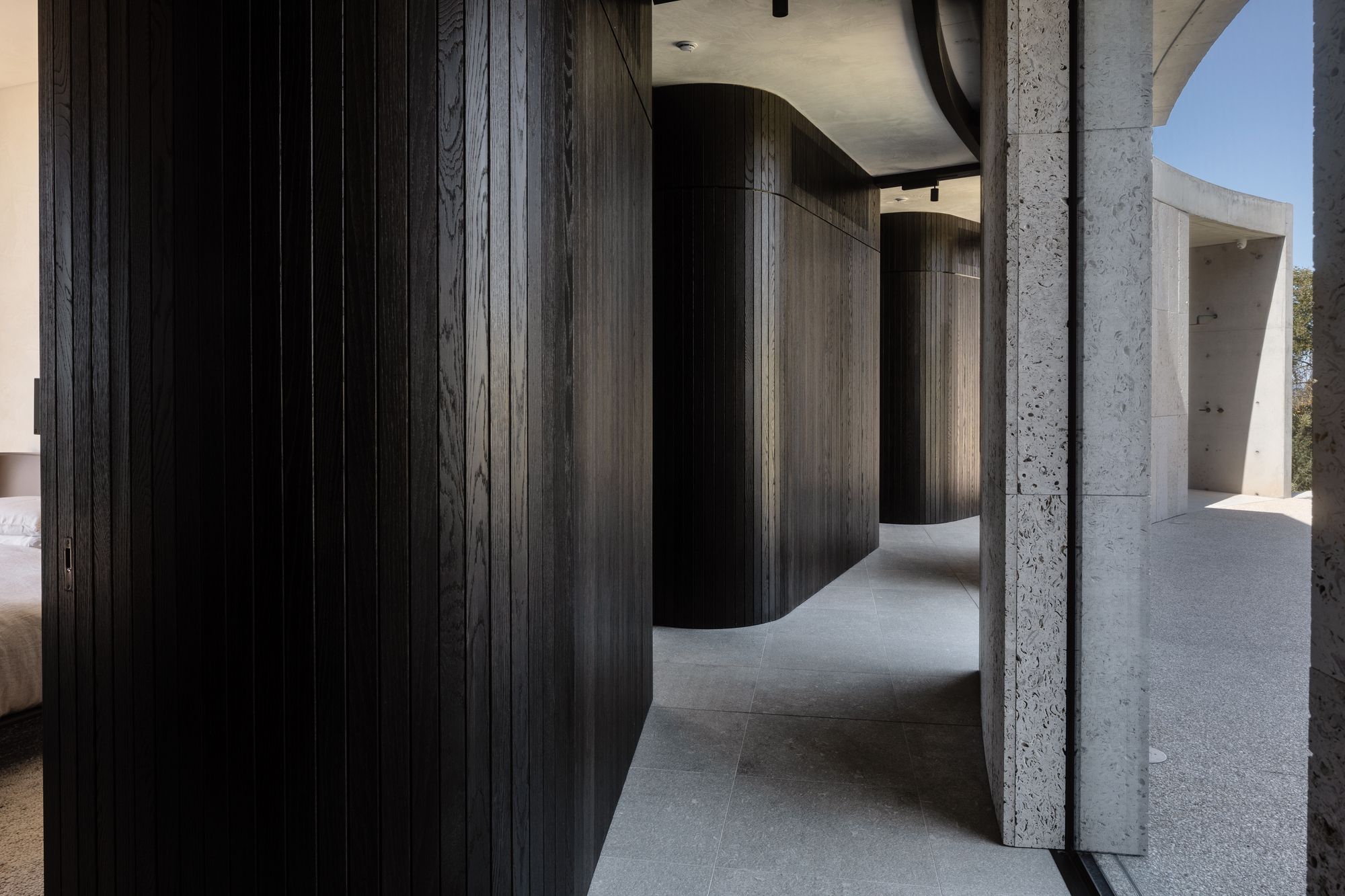
Photography by © Trevor Mein
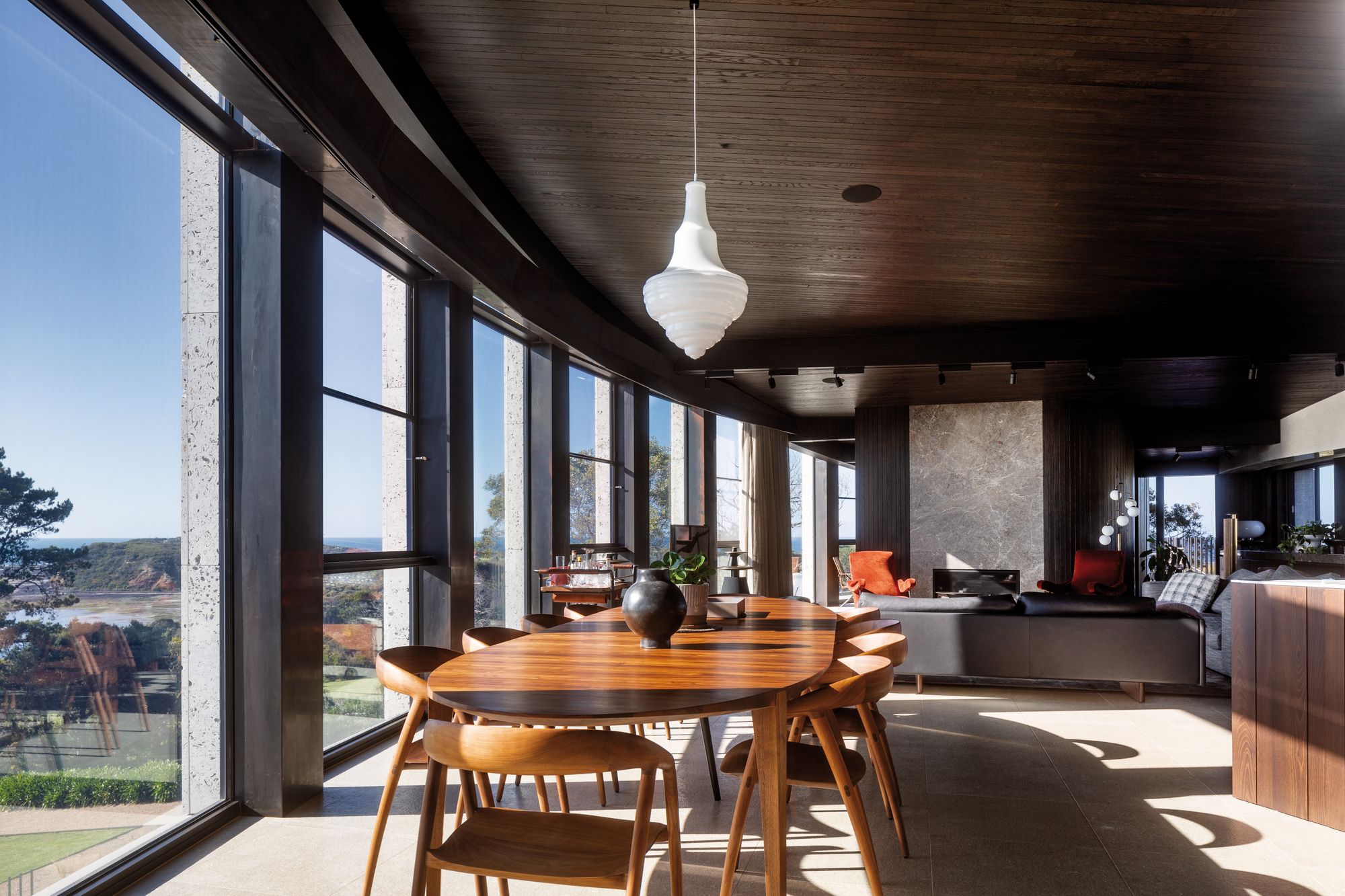
Photography by © Trevor Mein
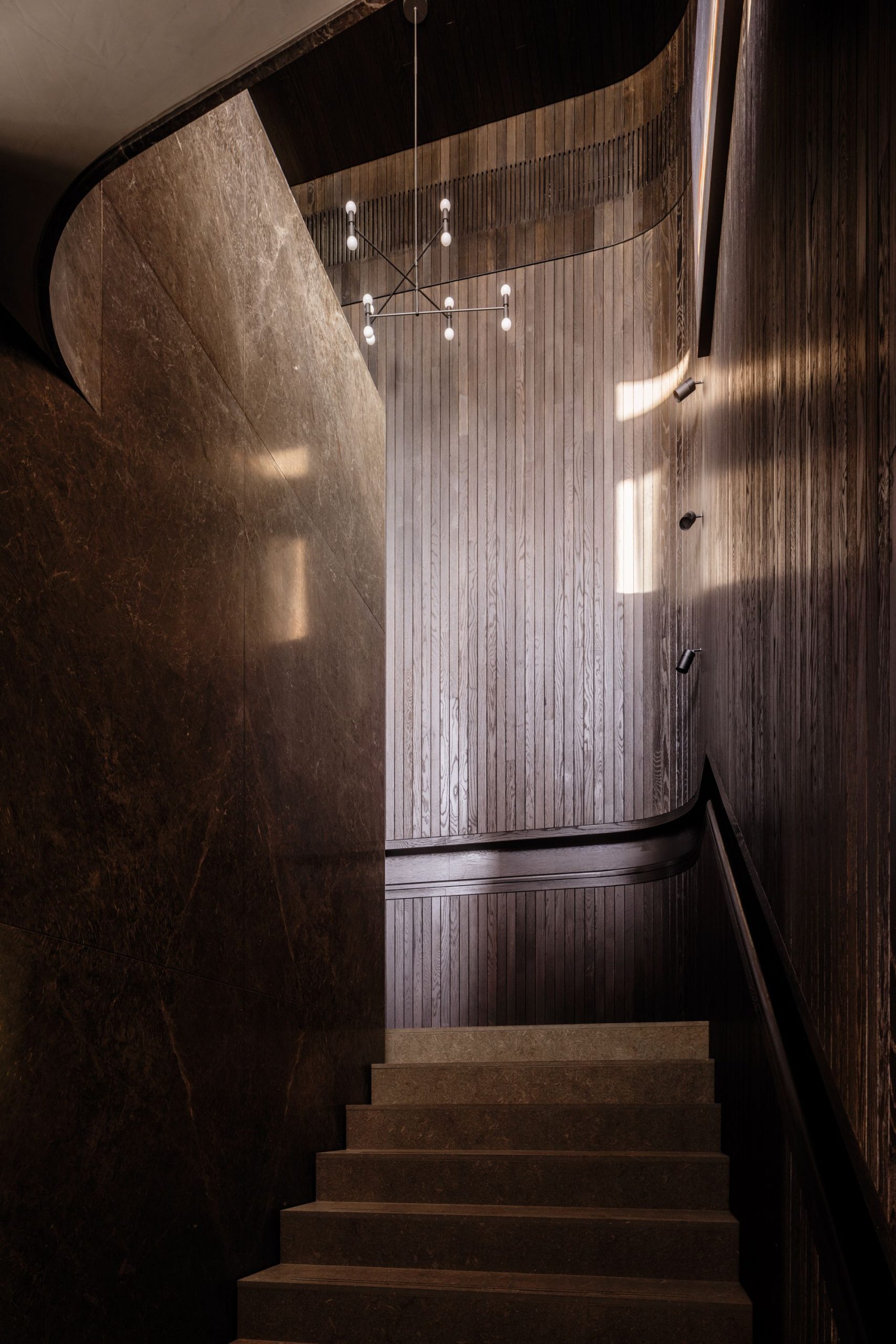
Photography by © Trevor Mein
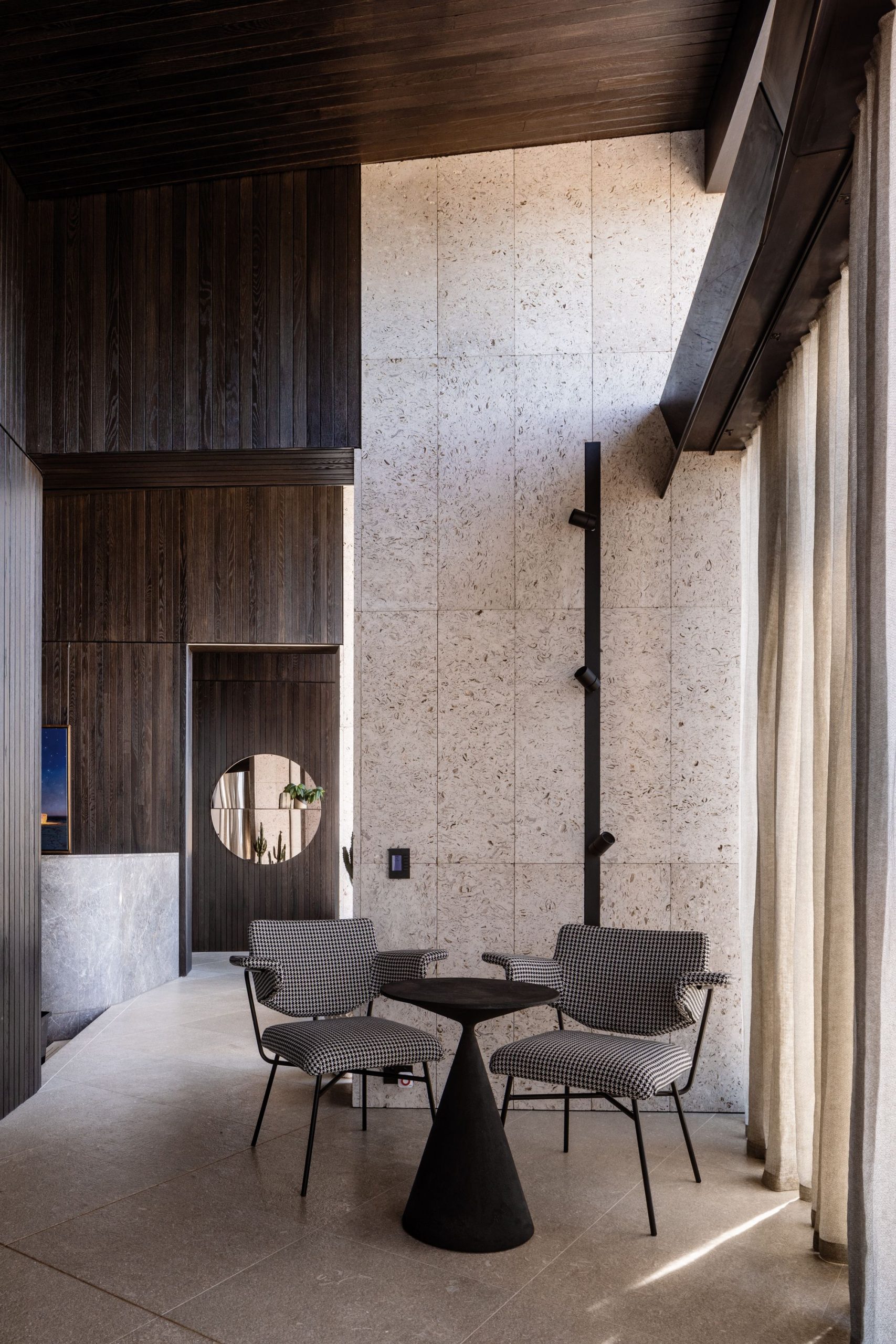
Photography by © Trevor Mein
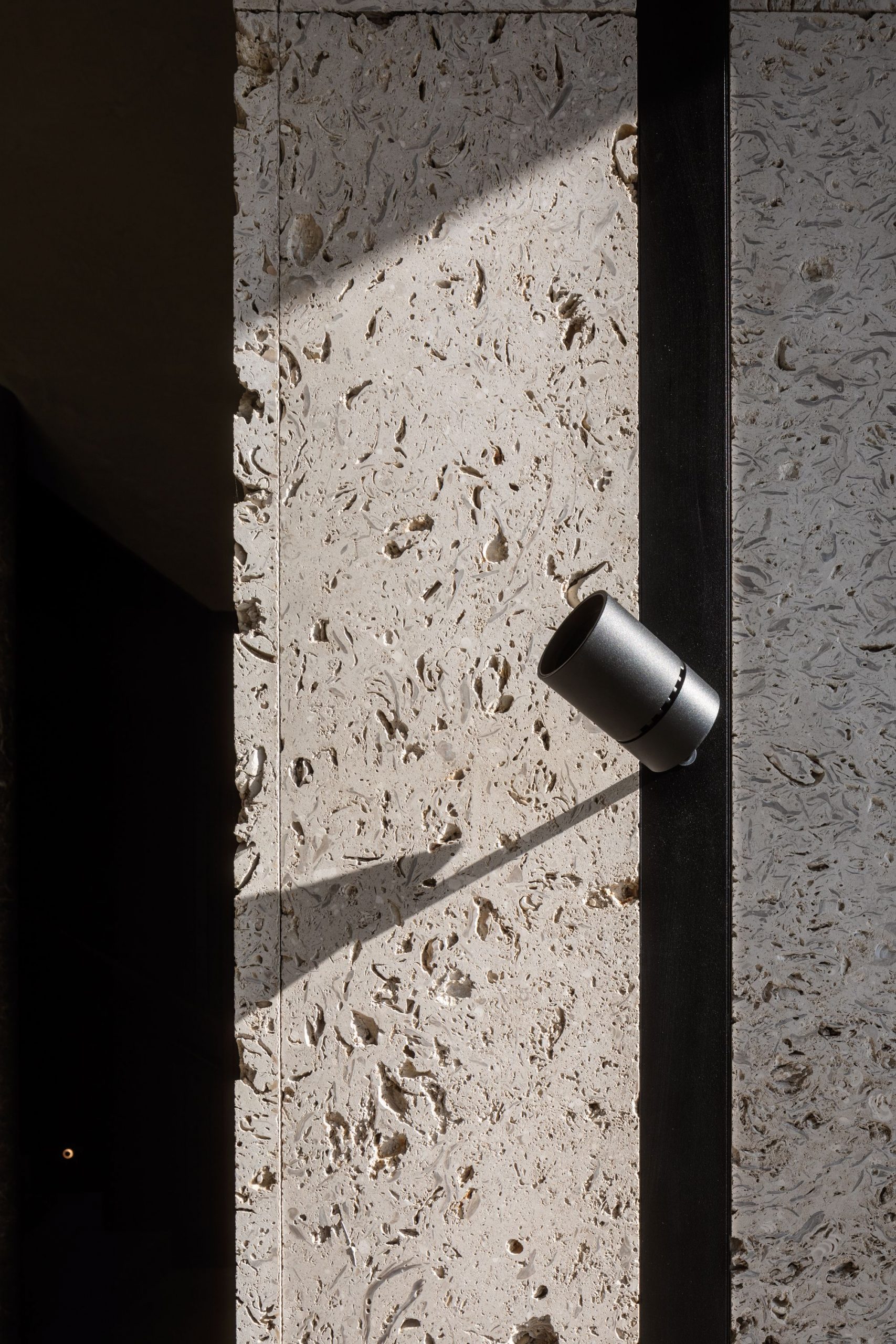
Photography by © Trevor Mein
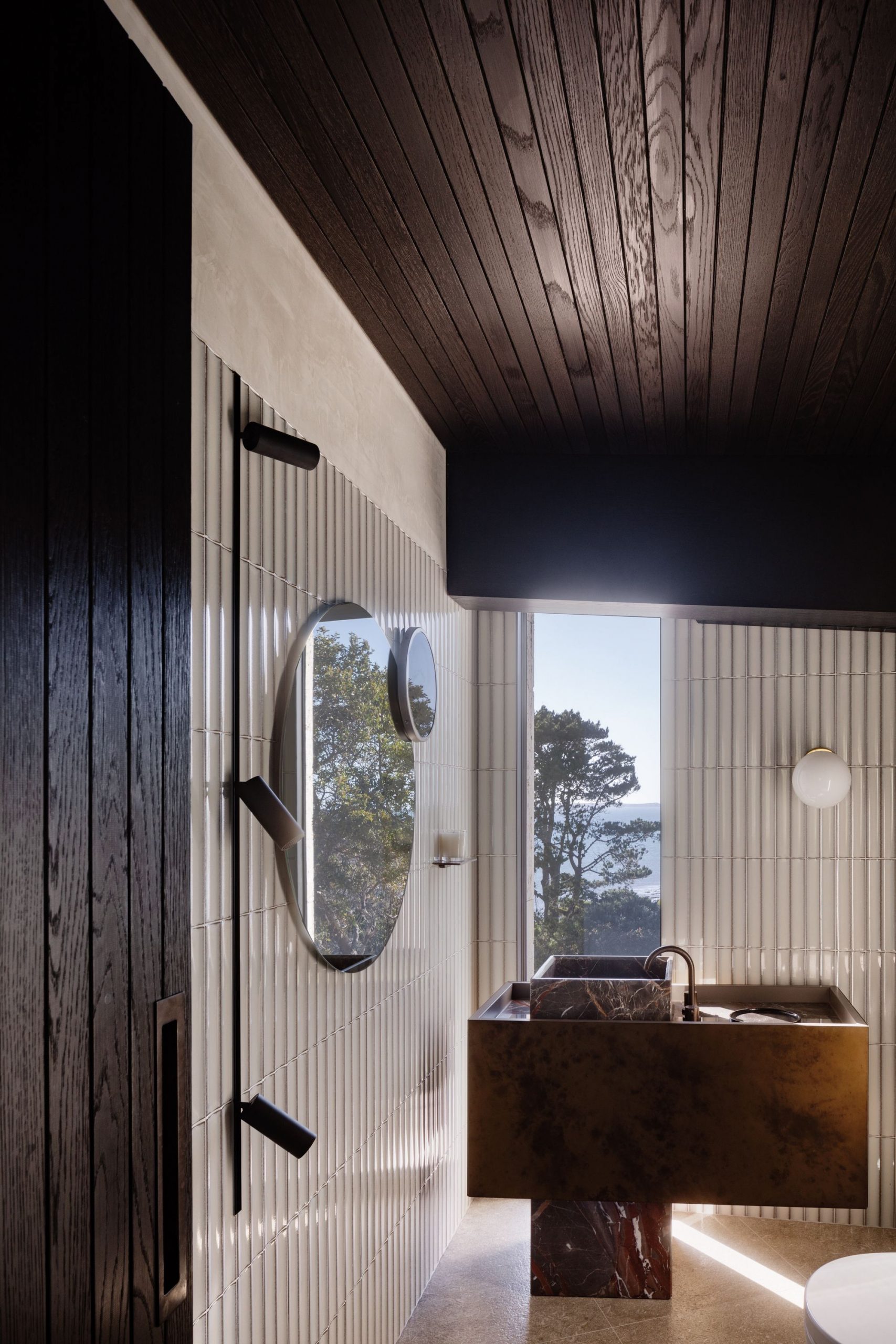
Photography by © Trevor Mein
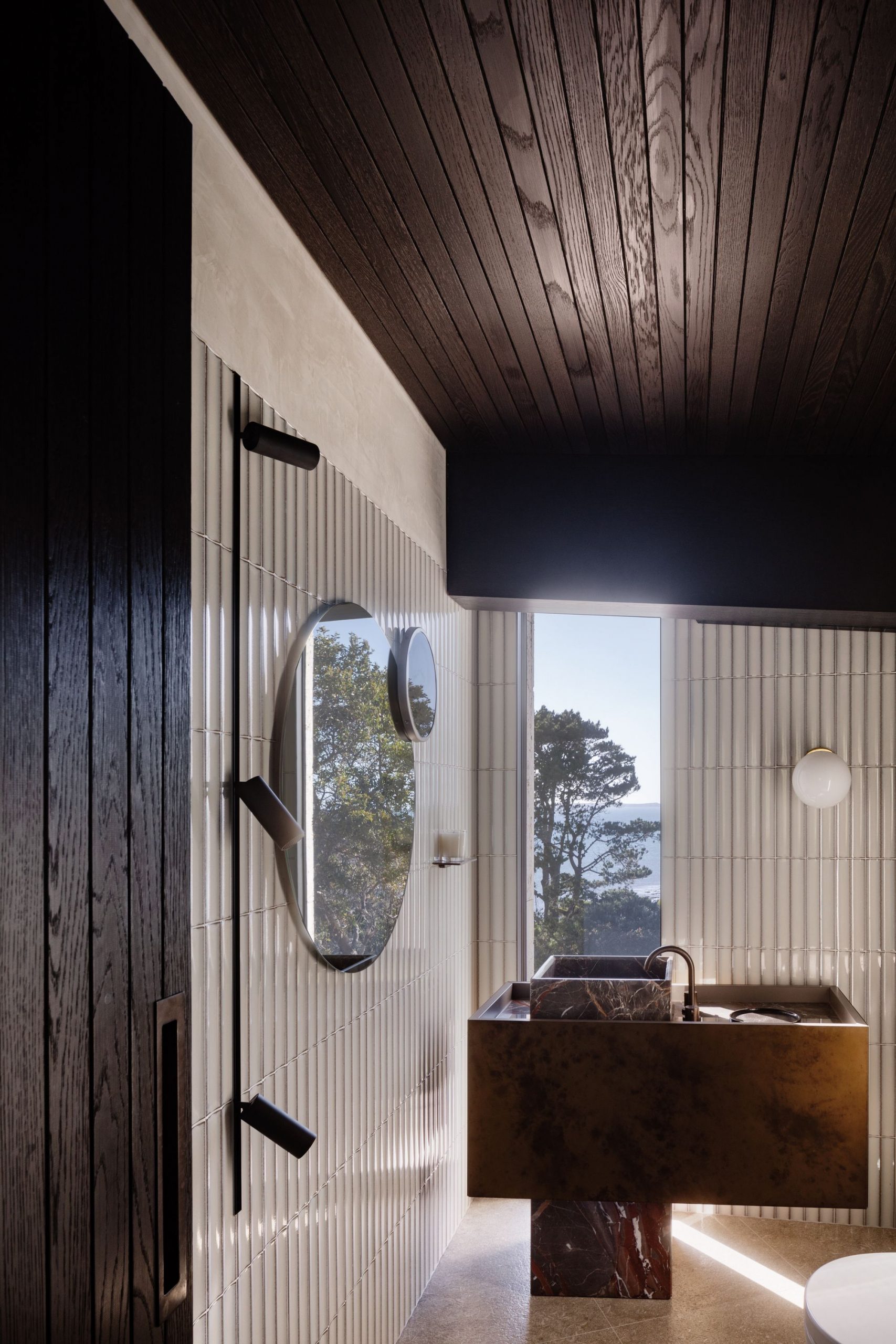
Photography by © Trevor Mein
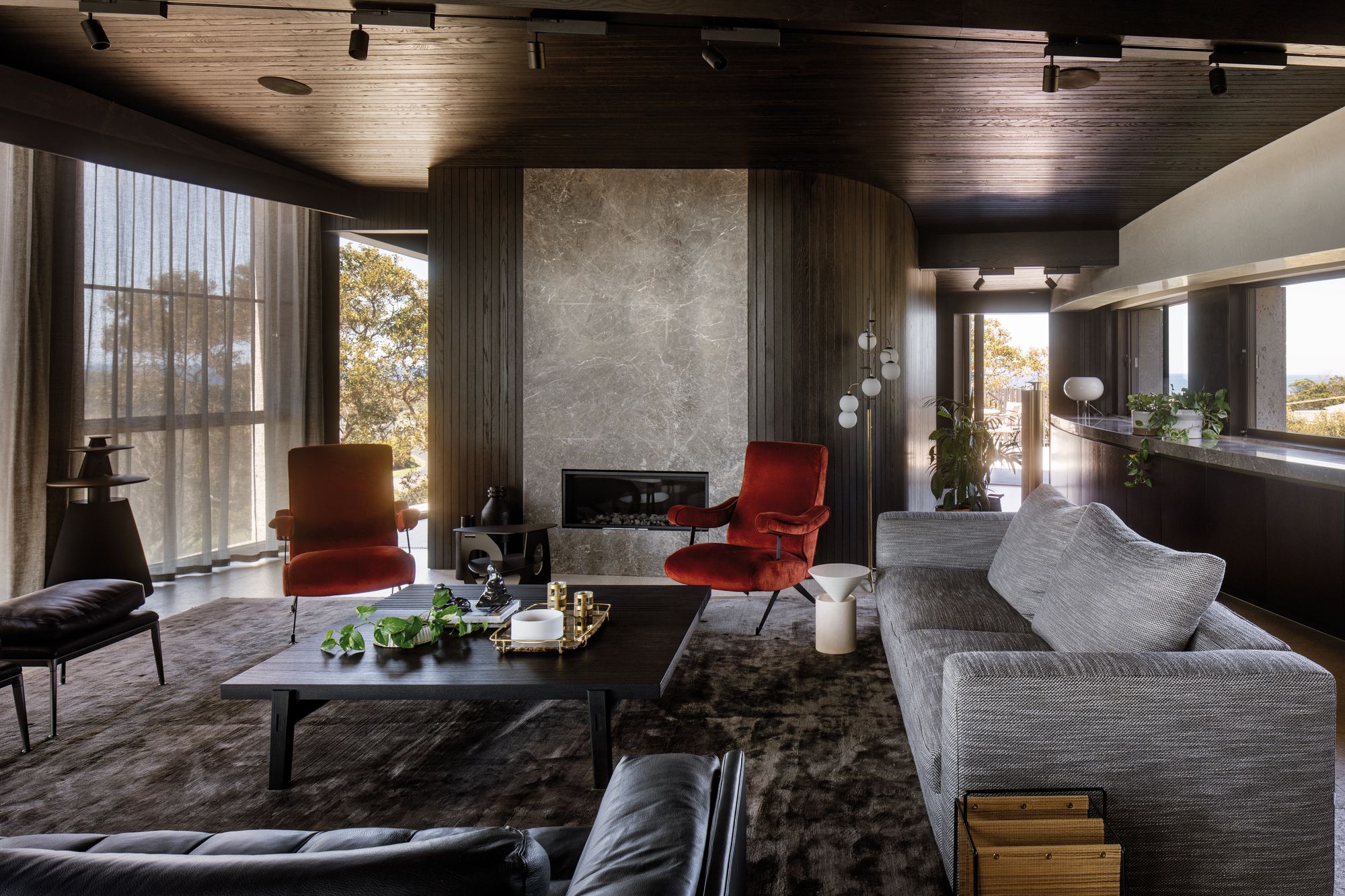
Photography by © Trevor Mein
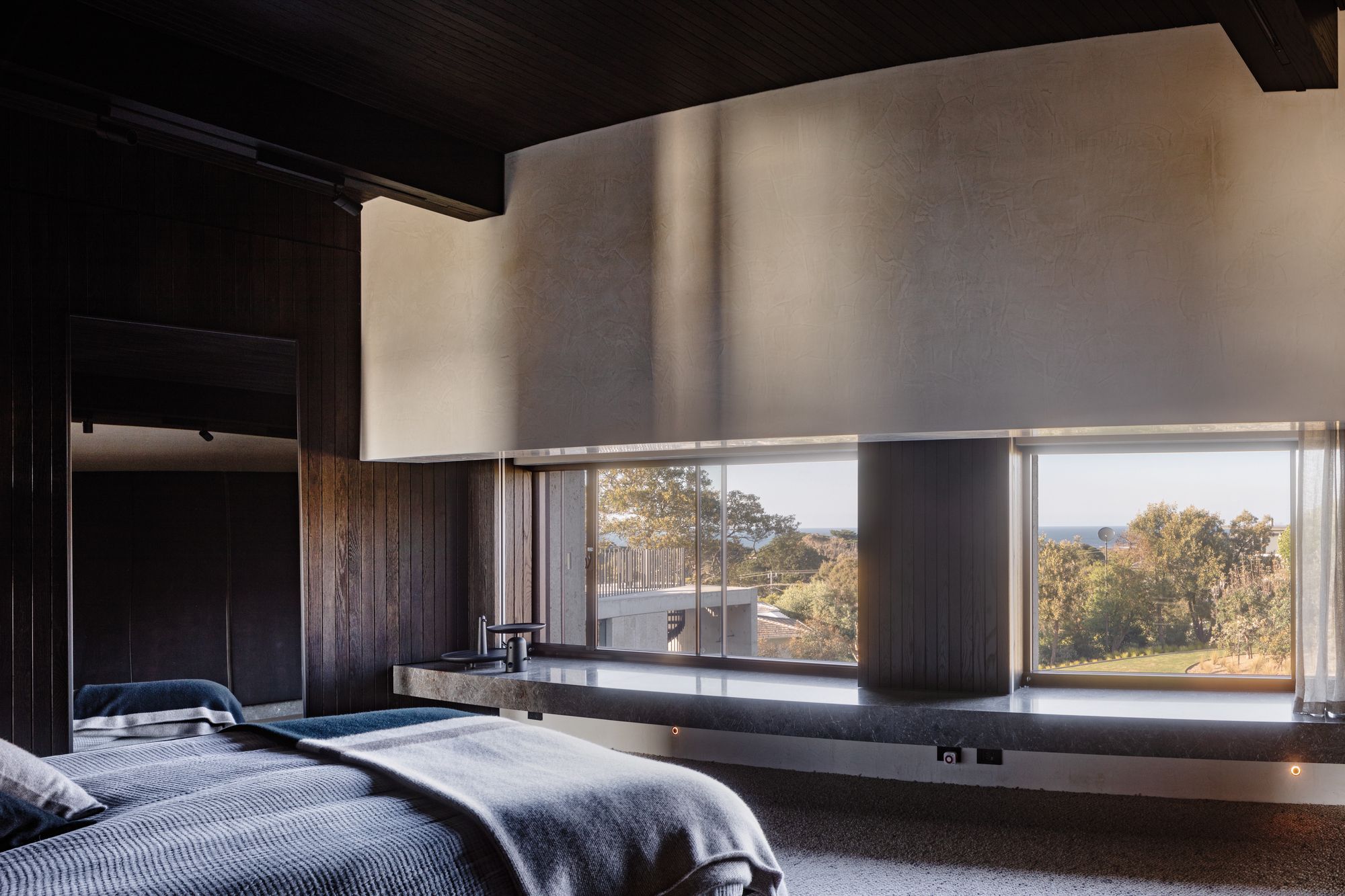
Photography by © Trevor Mein
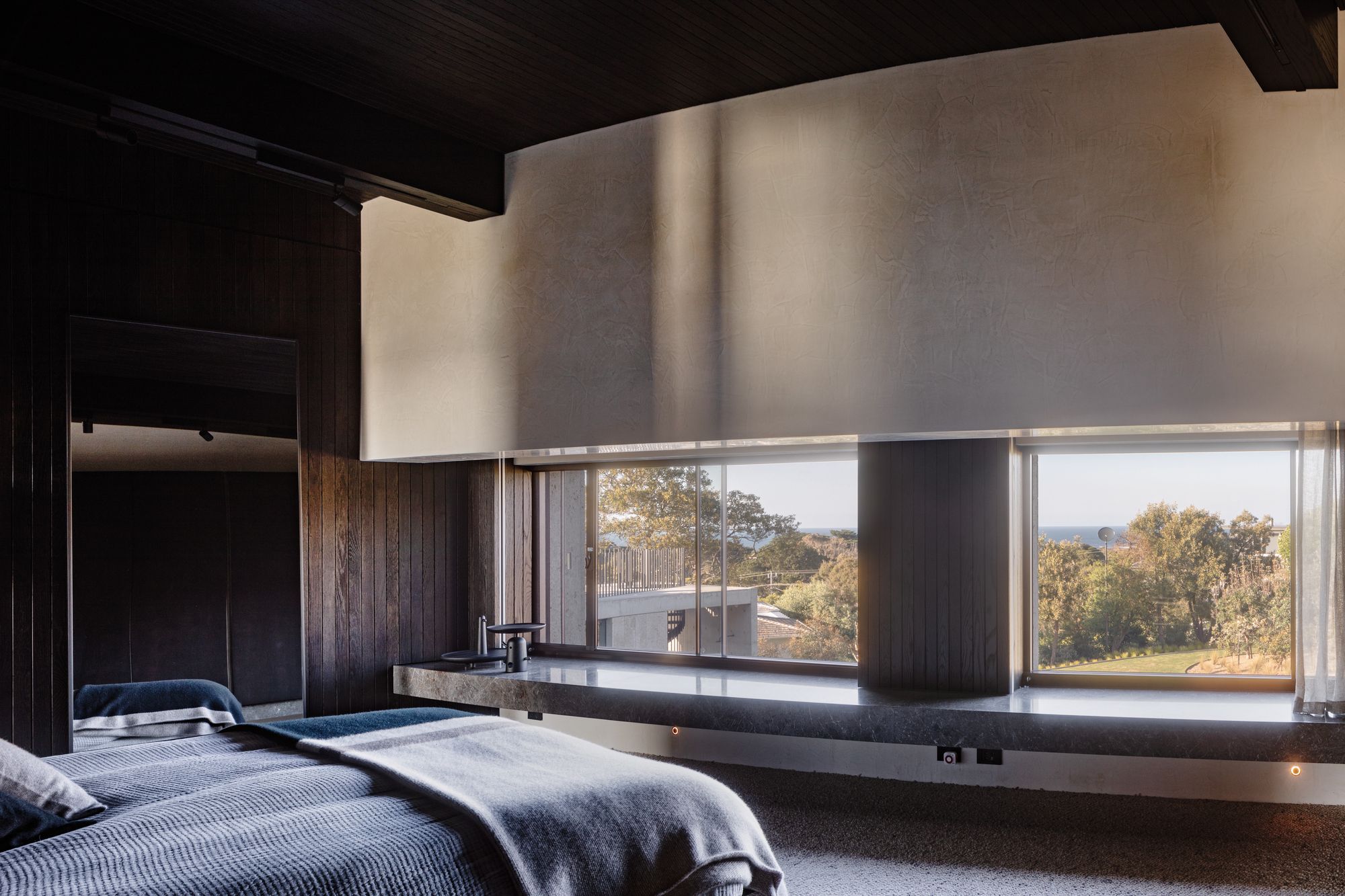
Photography by © Trevor Mein
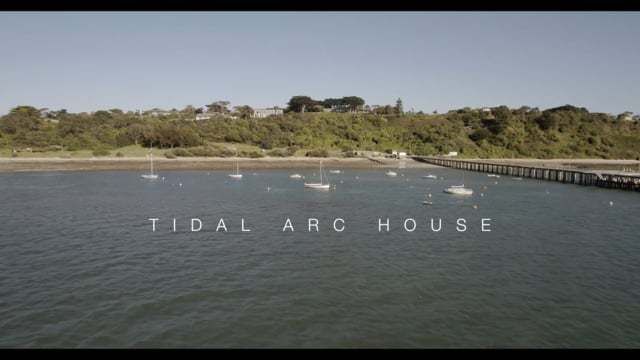
Photography by © Trevor Mein
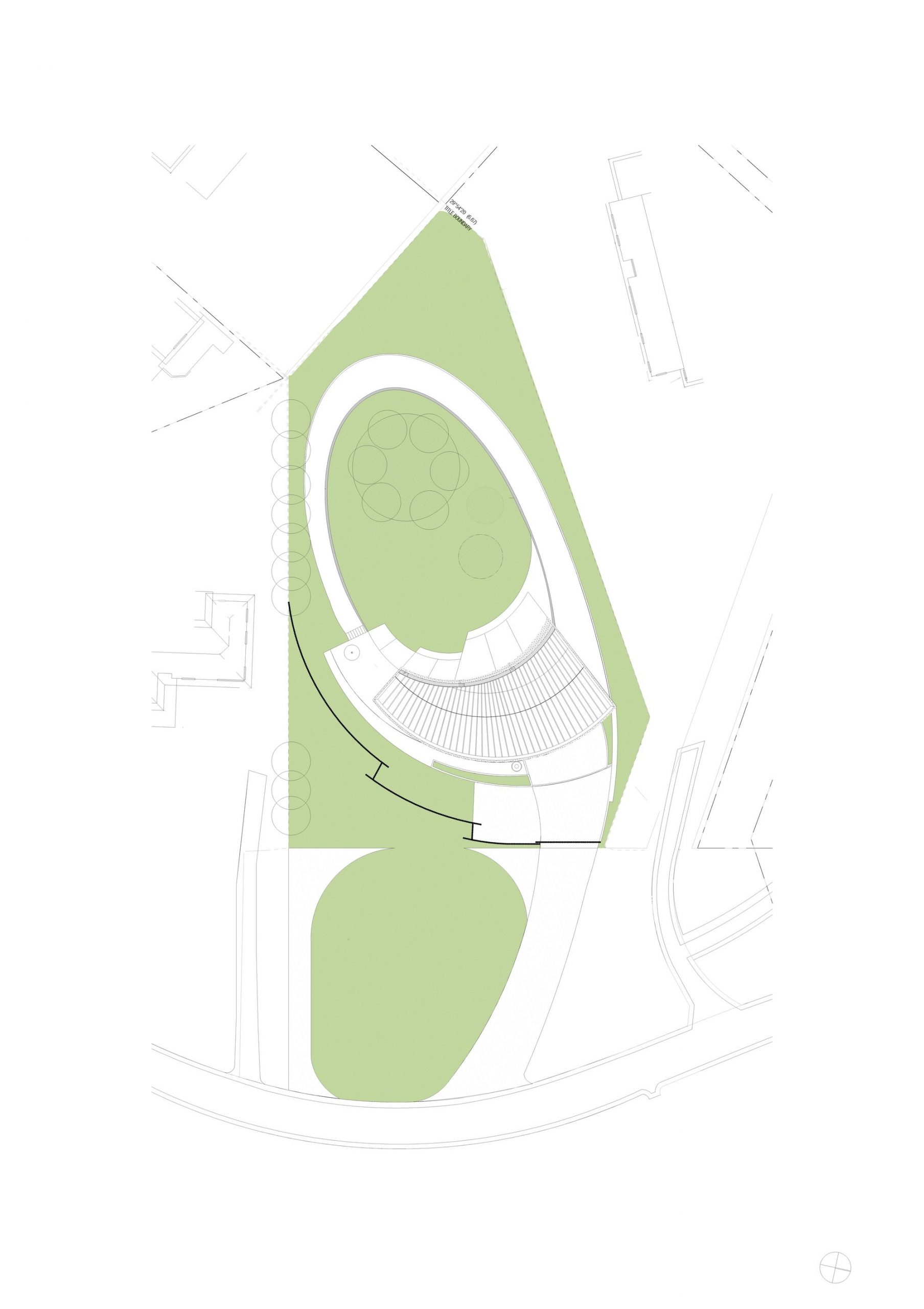
Site Plan
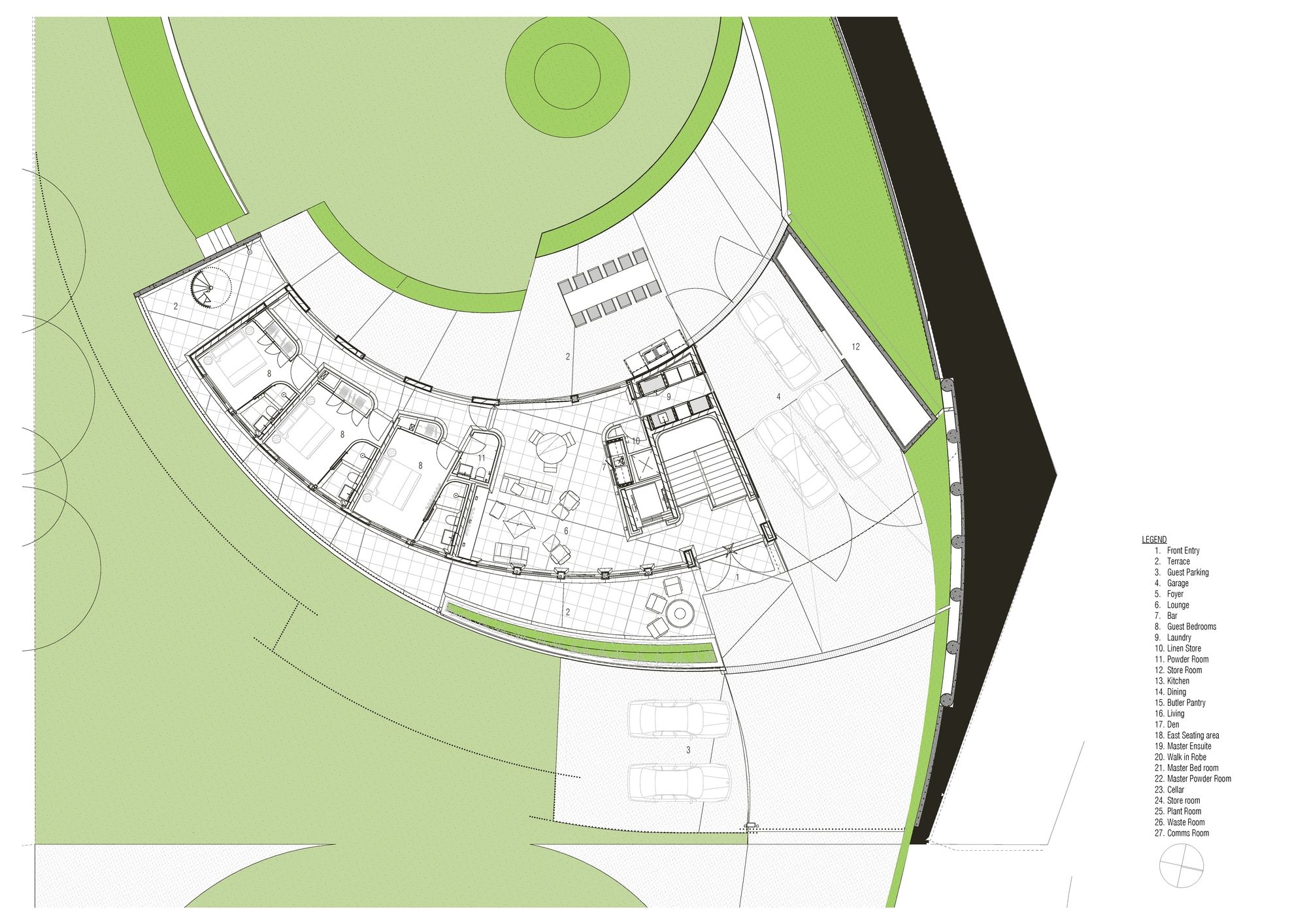
Ground Floor Plan
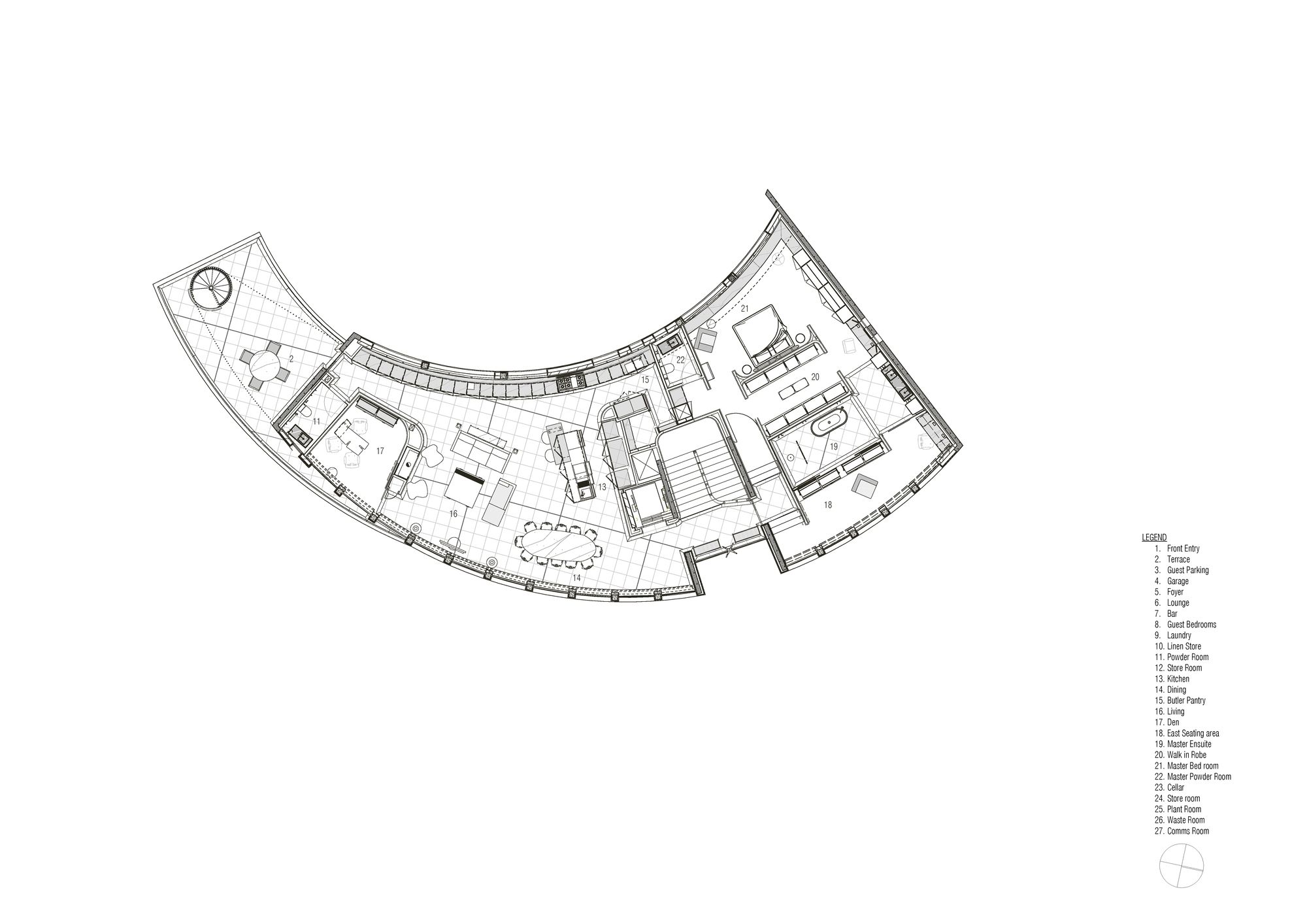
Upper Floor Plan
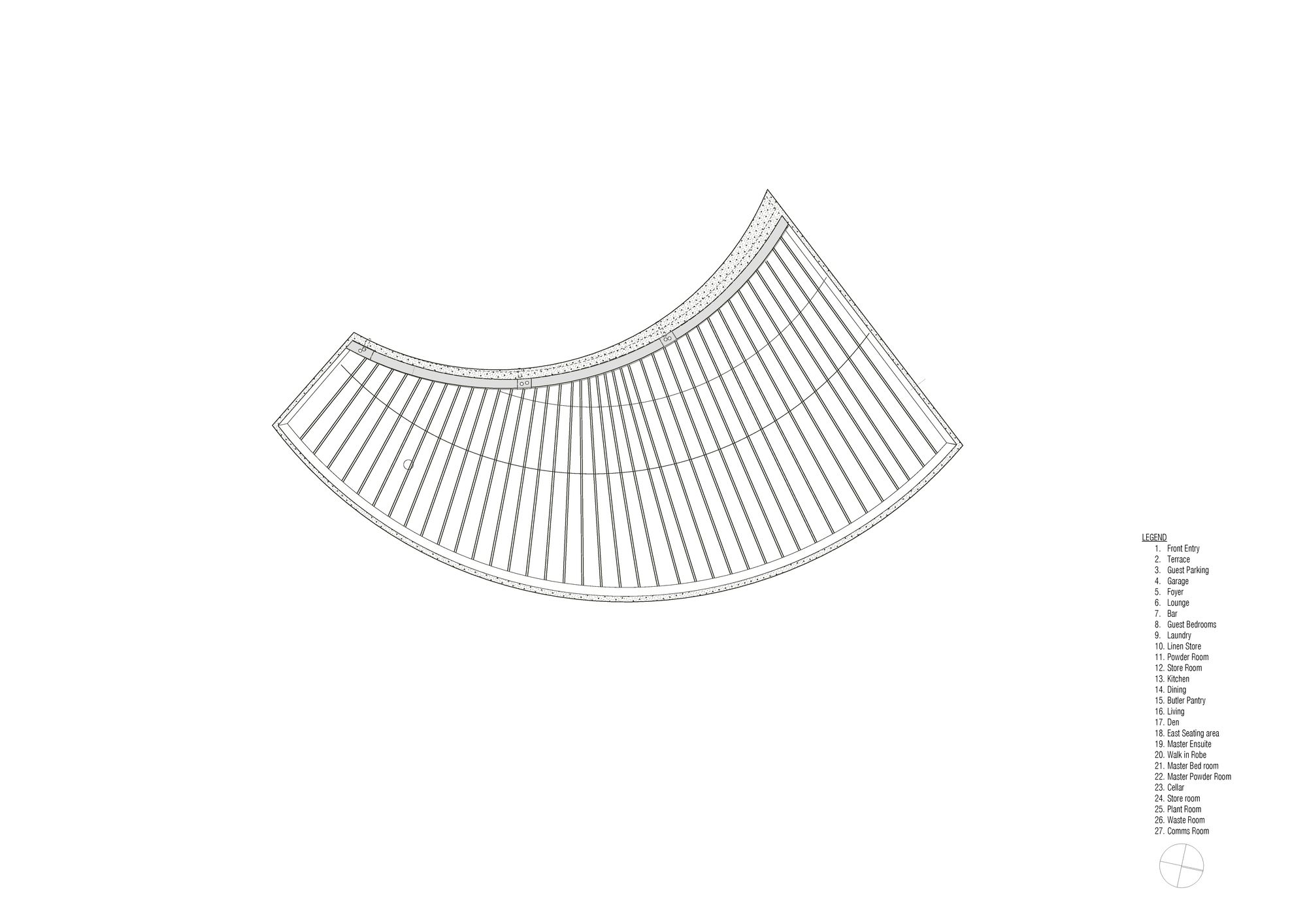
Roof Plan
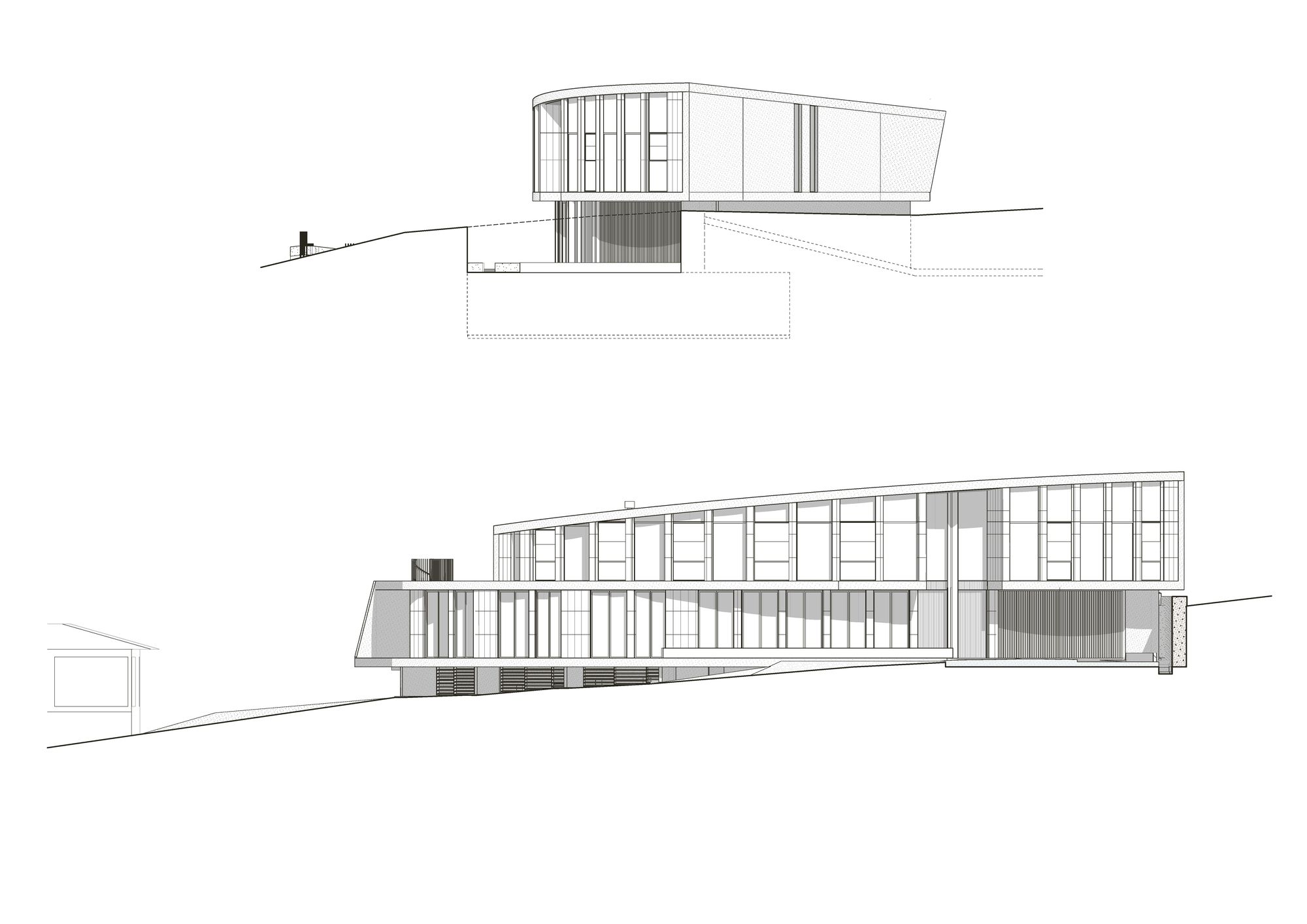
North and East Elevations
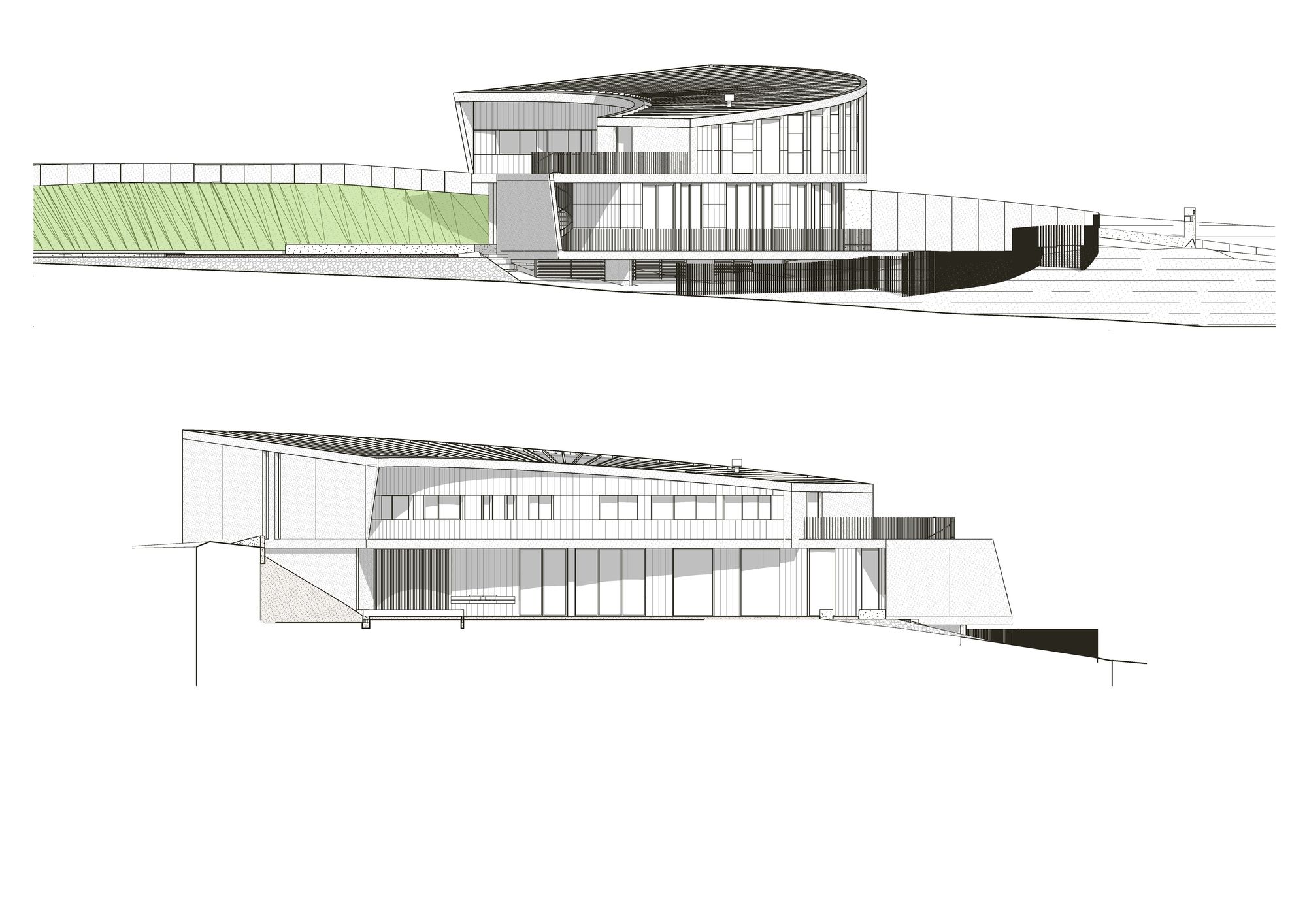
South and West Elevations
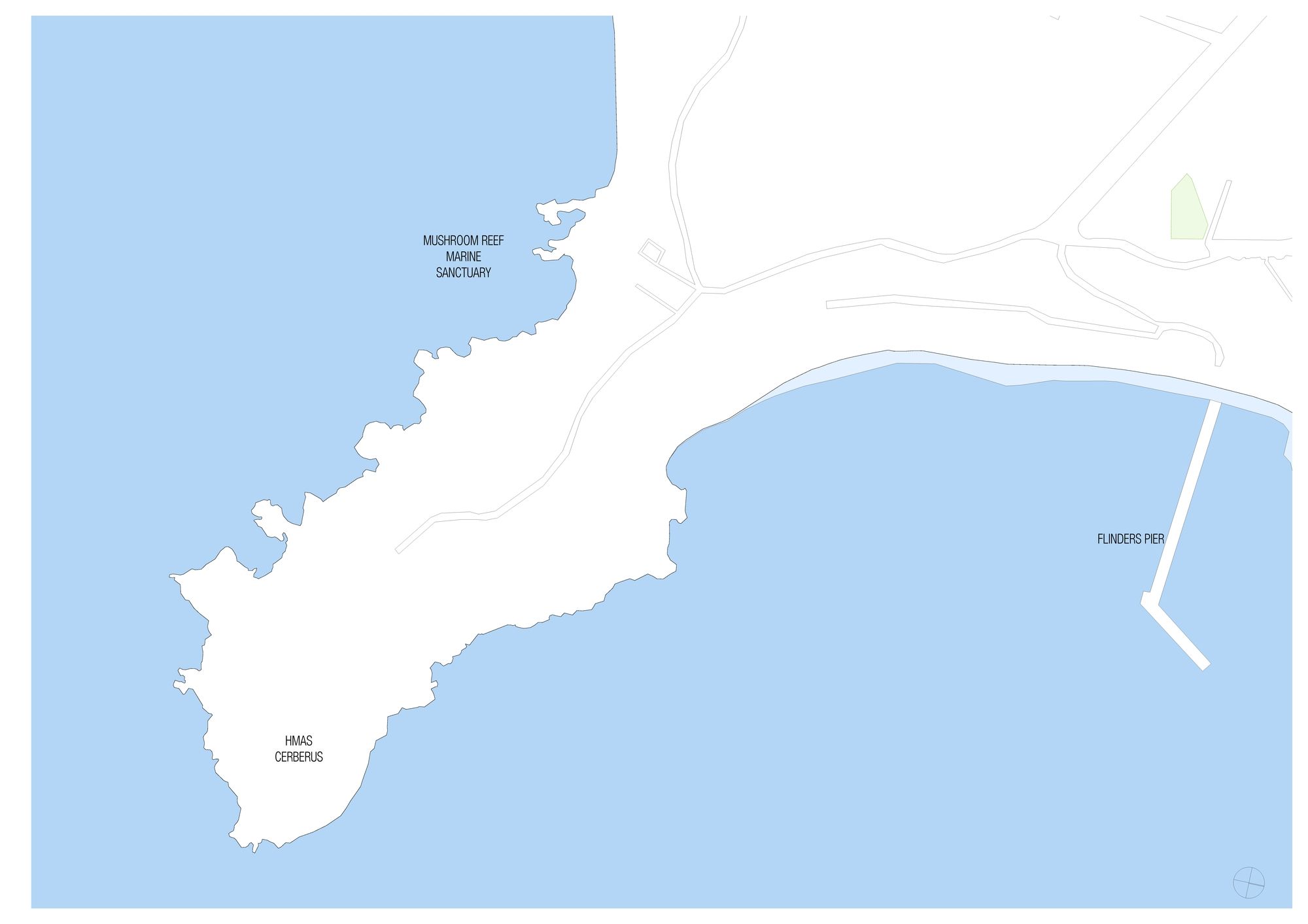
Location Map
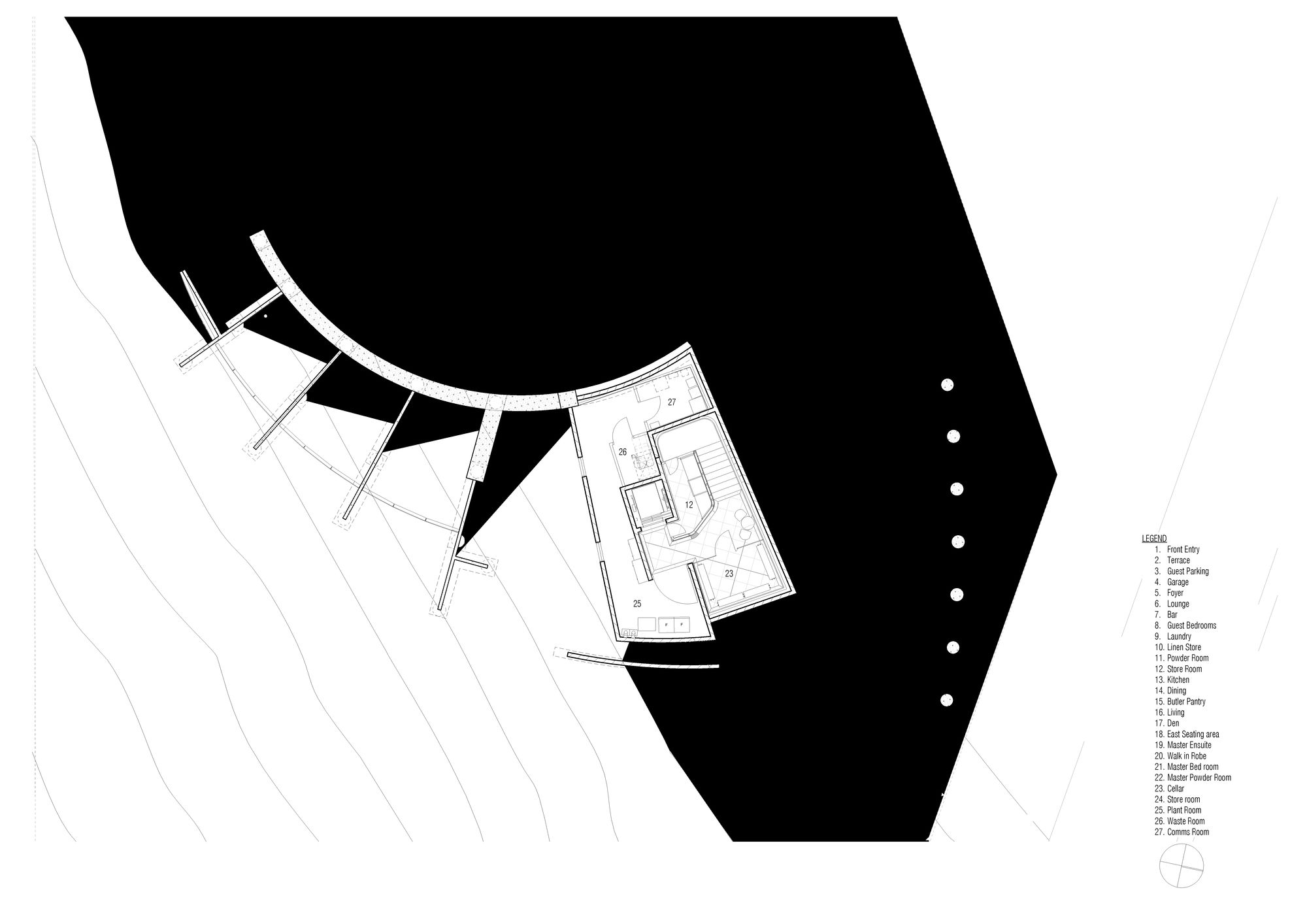
Lower Floor Plan



